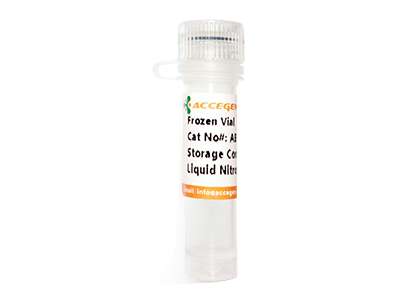Featured Products
Explore Products
- In-Stock Tumor Cell Lines
- Human Orbital Fibroblasts
- Human Microglia
- Human Pulmonary Alveolar Epithelial Cells
- Human Colonic Fibroblasts
- Human Type II Alveolar Epithelial Cells
- Human Valvular Interstitial Cells
- Human Thyroid Epithelial Cells
- C57BL/6 Mouse Dermal Fibroblasts
- Human Alveolar Macrophages
- Human Dermal Fibroblasts, Adult
- Human Lung Fibroblasts, Adult
- Human Retinal Muller Cells
- Human Articular Chondrocytes
- Human Retinal Pigment Epithelial Cells
- Human Pancreatic Islets of Langerhans Cells
- Human Kidney Podocyte Cells
- Human Renal Proximal Tubule Cells



 C-4 II is a human cervical carcinoma cell line derived from a 41-year-old Caucasian female. These epithelial cells form monolayered colonies with distinct hemicysts, characteristic of transporting epithelia. They exhibit contact inhibition, leading to cell separation and shedding under crowded conditions. Even after extended cultivation, C-4 II cells maintain basal cell differentiation properties and demonstrate G6PD type B. Karyotypic analysis reveals a hypodiploid chromosome number with specific abnormalities, indicating genomic instability. Notably, these cells harbor integrated human papillomavirus type 18 (HPV-18) DNA sequences and actively express HPV-18 RNA. C-4 II cells are tumorigenic, forming poorly differentiated squamous carcinomas when injected subcutaneously into nude mice.
C-4 II is a human cervical carcinoma cell line derived from a 41-year-old Caucasian female. These epithelial cells form monolayered colonies with distinct hemicysts, characteristic of transporting epithelia. They exhibit contact inhibition, leading to cell separation and shedding under crowded conditions. Even after extended cultivation, C-4 II cells maintain basal cell differentiation properties and demonstrate G6PD type B. Karyotypic analysis reveals a hypodiploid chromosome number with specific abnormalities, indicating genomic instability. Notably, these cells harbor integrated human papillomavirus type 18 (HPV-18) DNA sequences and actively express HPV-18 RNA. C-4 II cells are tumorigenic, forming poorly differentiated squamous carcinomas when injected subcutaneously into nude mice.
